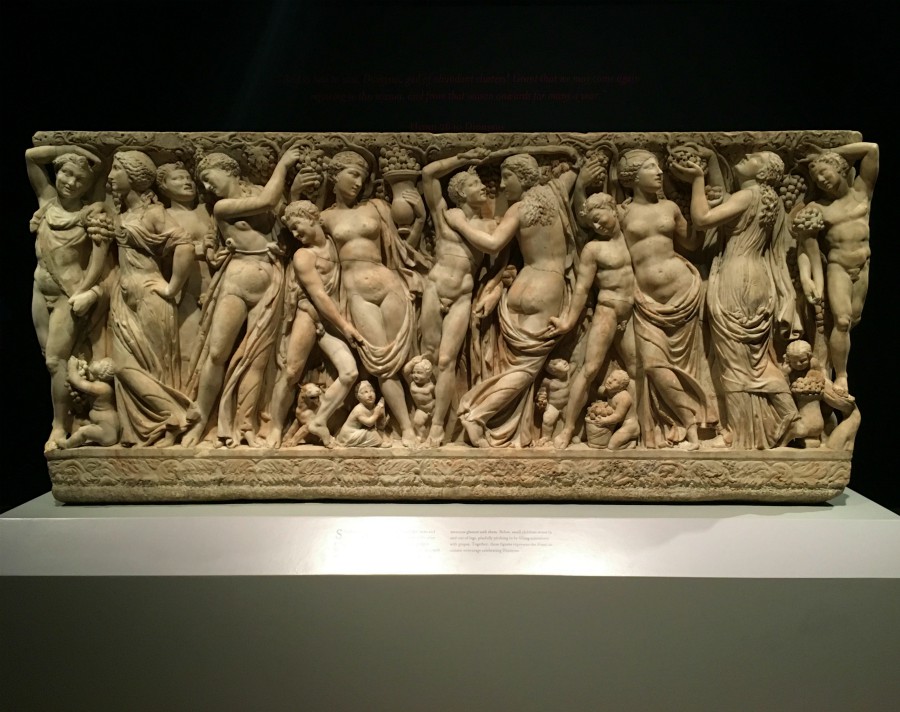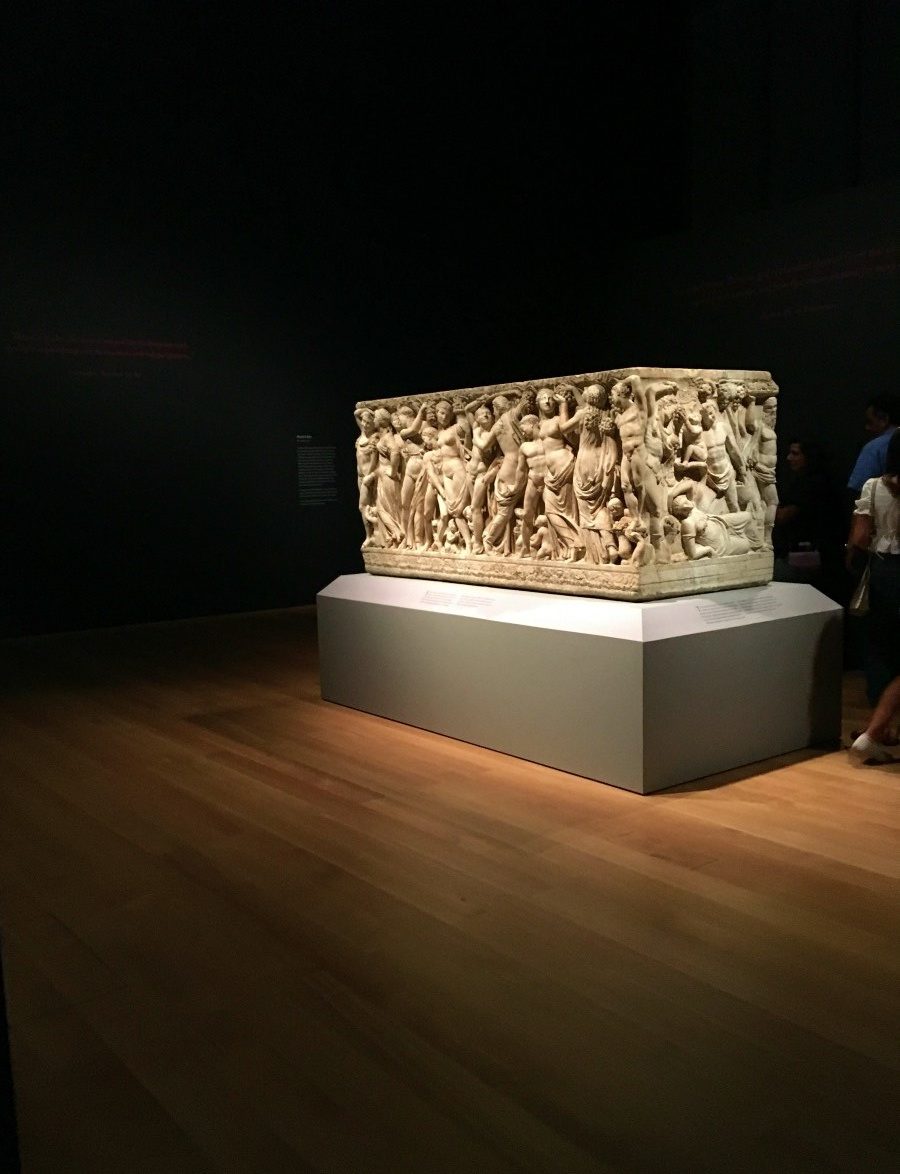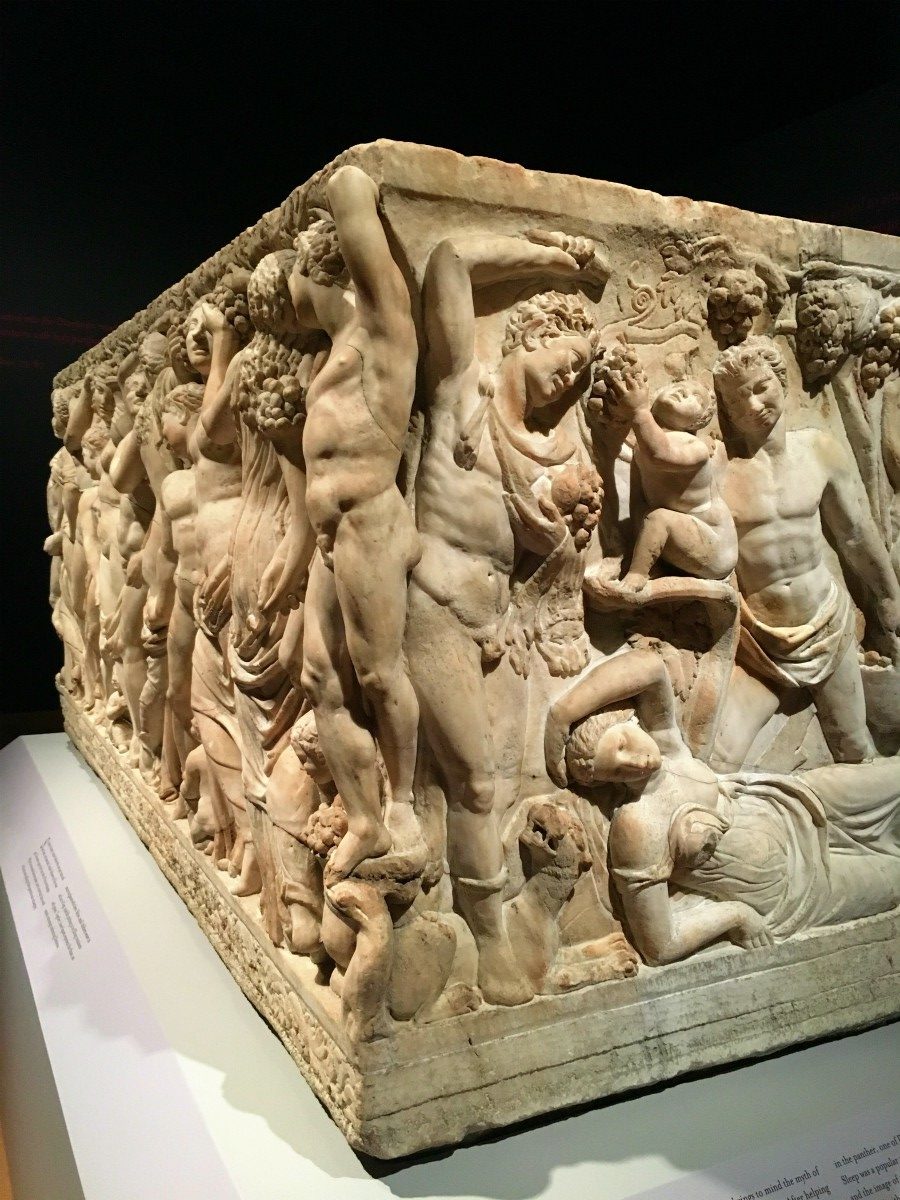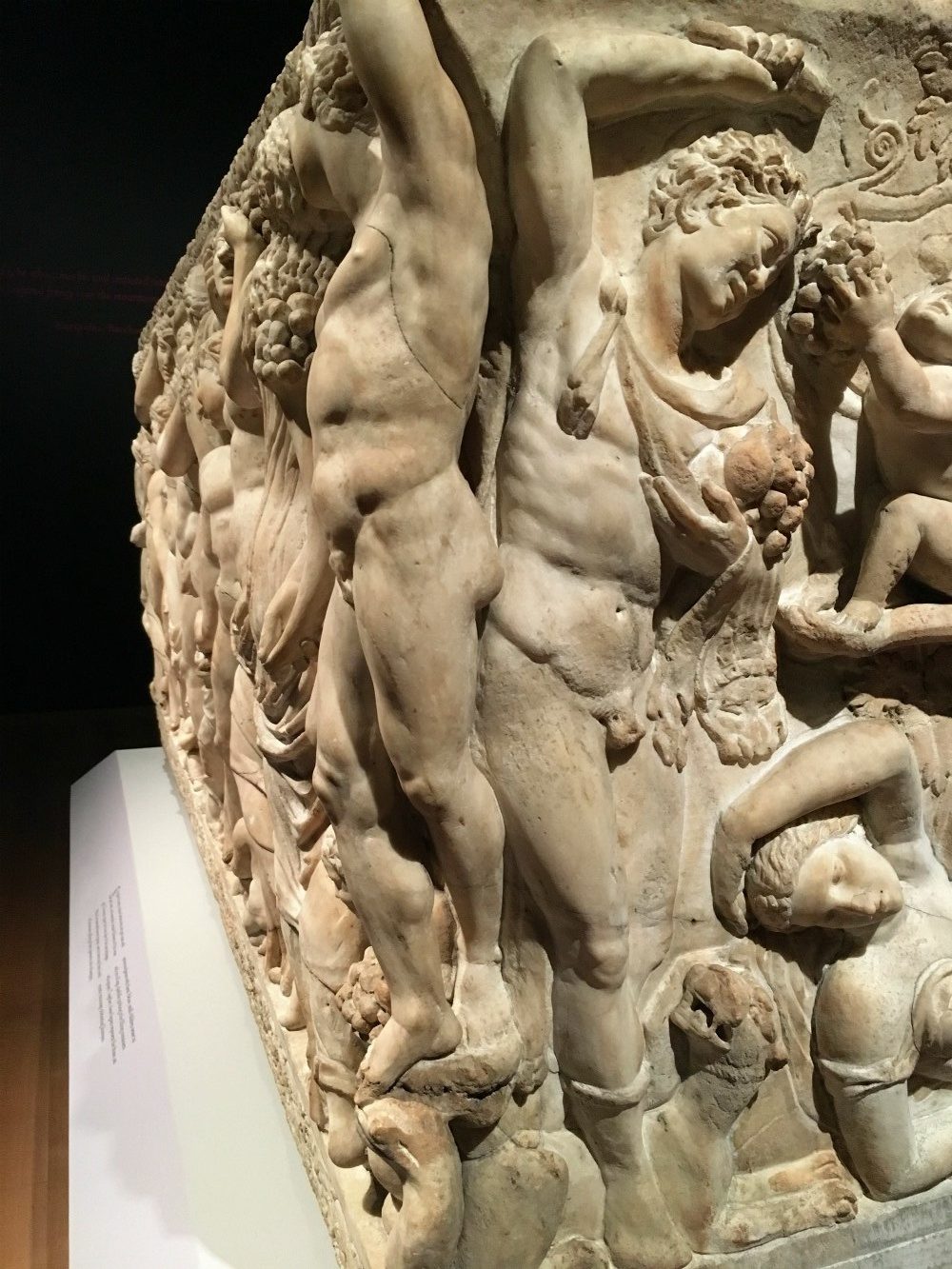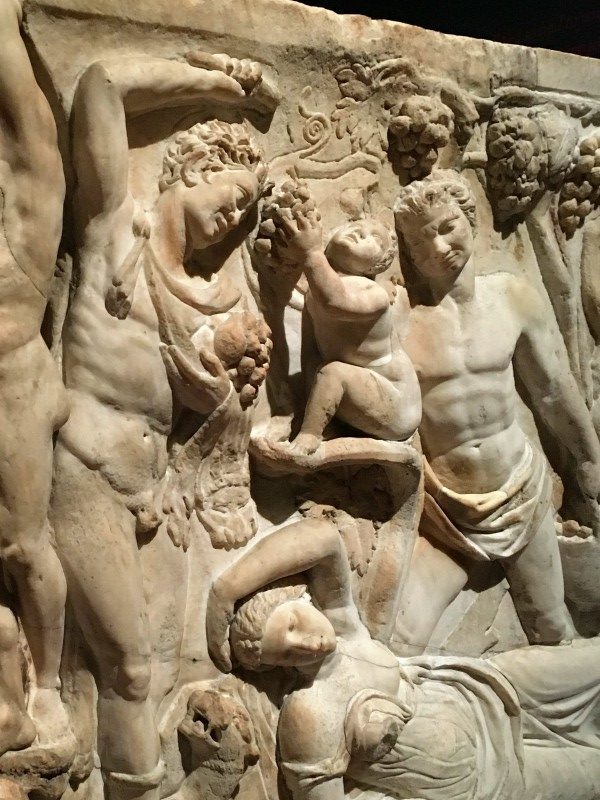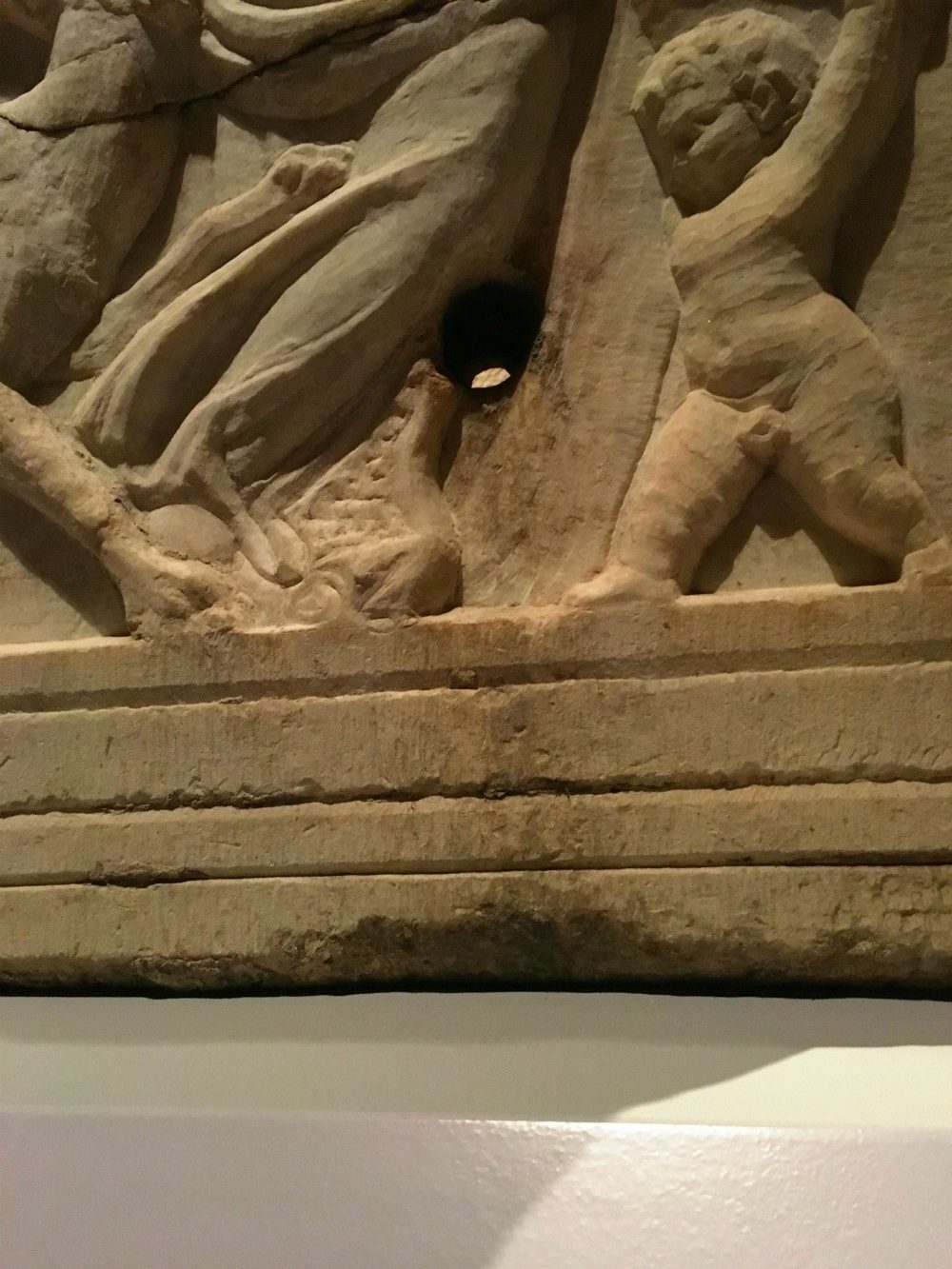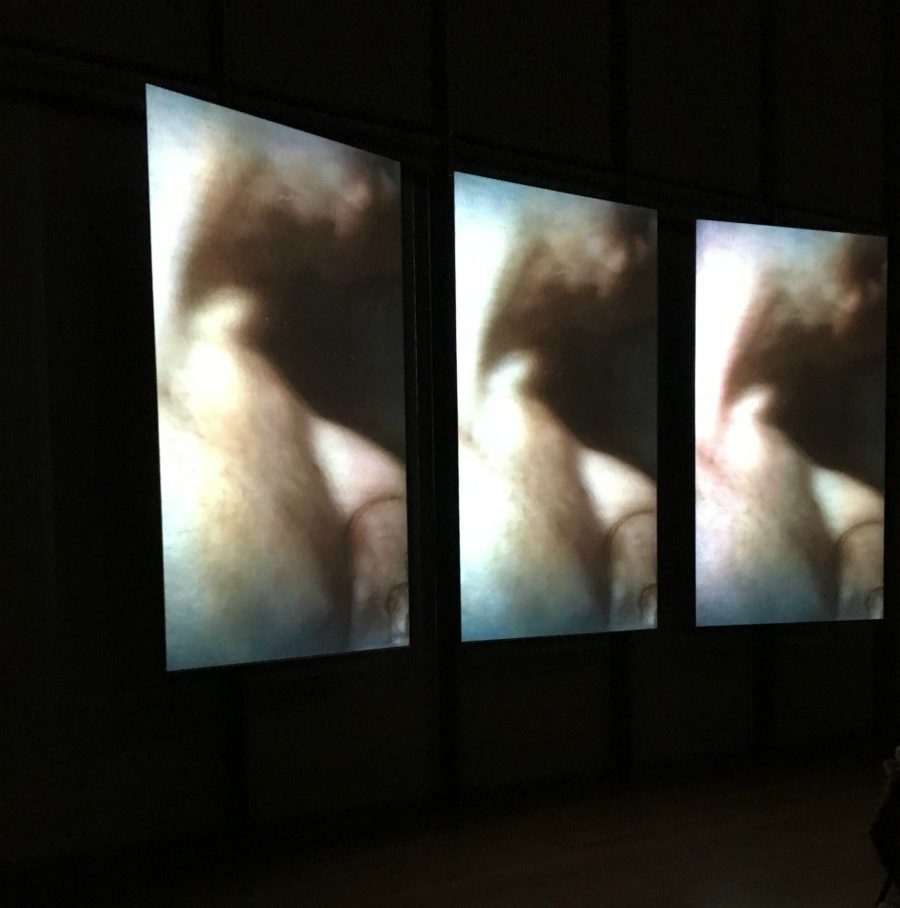When you think of death in Classical, Medieval, or Renaissance periods — what images and objects does your mind conjure?
No doubt a few mausoleums, niches or side chapels, relics, sarcophagi, intense mourning periods, and maybe a few plague death masks?
And all of these things are usually so somber and proper in their way of announcing the death of an individual — there's rarely the celebration of life that seems to be much more in tune with contemporary life.
Not to say that lives are a dime a dozen, but sometimes I think we do a much better job at celebrating life and laughing over memories of passed loved ones than perhaps our ancestors did.
Well, let's keep that theme of celebration — it's this month's Art in Focus' theme after all!
Enter the famous Farnese Sarcophagus.
Dated back to 225 AD — think early Roman Empire.
And this is a real Roman piece of artwork, as it is believed to have been created in or near to modern day Rome.
But then, all history of the sarcophagus is lost — we don't know who occupied it, if anyone, and it has been lidless since it resurfaced in Tivoli in the mid-16th century.
Artifact discoveries like this are responsible for encouraging Renaissance artists and their return to classical forms of anatomical correctness in rendering figures.
Aside from the 'lost years' of this item, the most interesting part has always been the decorations of the sarcophagus.
Now, if you were wealthy enough to have a sarcophagus created for you, you were absolutely an important person and a sarcophagus could very well be your lasting legacy and last chance to make a statement.
Whoever commissioned this (and maybe once lay within) either knew how to celebrate, enjoyed a few glasses of wine on a regular basis, or was obsessed with Dionysus, God of Wine.
I'd like to befriend any of the above!
Instead of symbols pertinent to family names, wealth, positions in the senate, or anything of the sort, this sarcophagus is covered on all four sides with dancing and frolicking satyrs and maenads.
Certainly not your conservative nonna's idea of a proper coffin!
And, somewhere along the way it was given a new life and used as a garden water feature — check out this hole in the back that supplied the water!
This piece is so intriguing the Gardner actually had their 2012 artists in residence create a 3D video, set to music composed by Kaija Saariaho and performed by Yeesun Kim to really dramatize the the intertwined figures.
How would you decorate your mausoleum to celebrate your life's passions?

